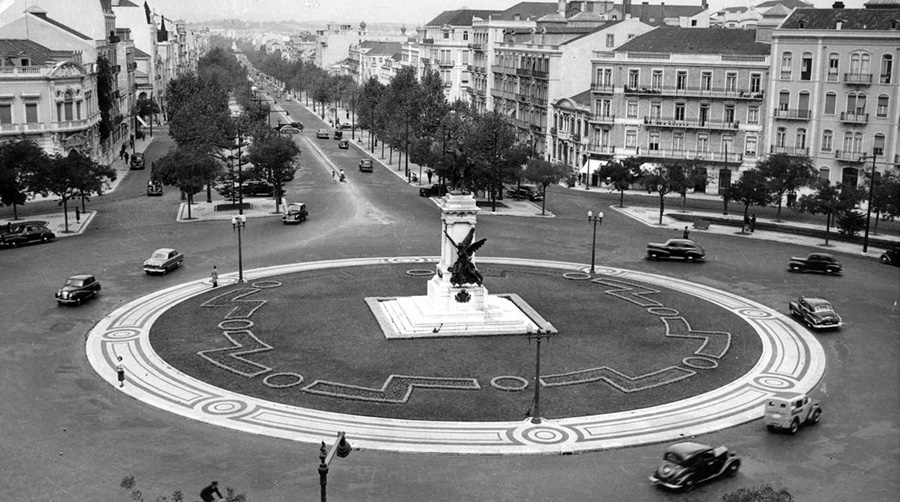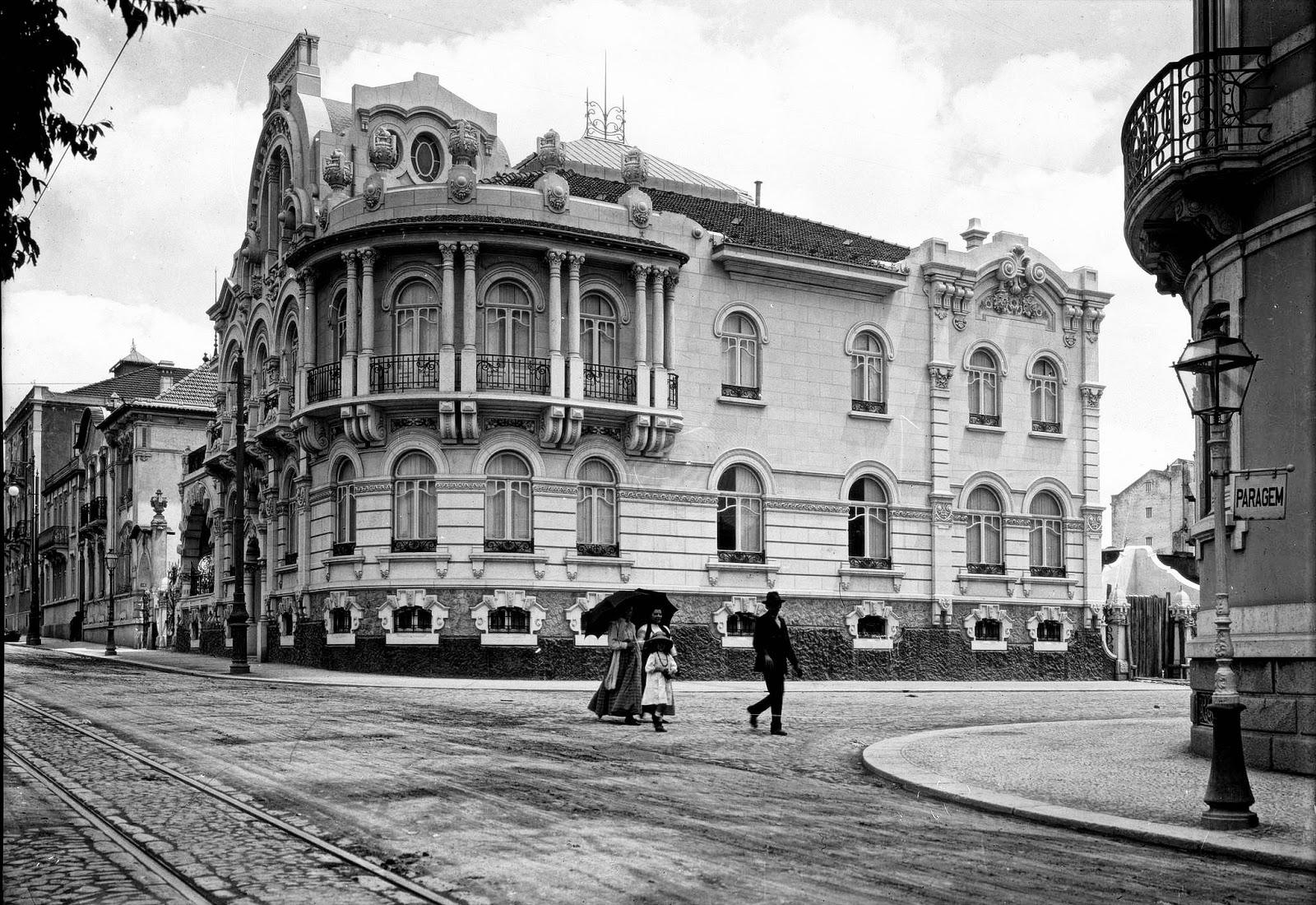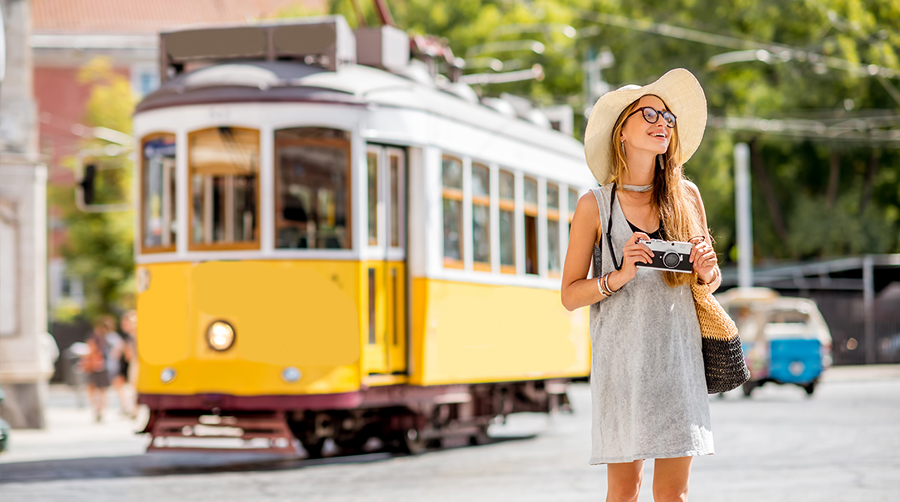Historical treasures: Avenidas Novas and Saldanha in lisbon
The inauguration of Avenida da Liberdade in the 19th century allowed the city to expand northward, giving rise to new neighborhoods from the Marquês de Pombal roundabout to Campo Pequeno.

Avenidas Novas stand out in the transition to the 20th century for their quality urban planning, inspired by the boulevards of Paris. It was the designation used for the urban development that propelled Lisbon northward in the late 19th and early 20th centuries. New neighborhoods with single-family homes and rental properties emerged, occupied by a growing middle, upper-middle, and upper class. The new neighborhoods, with wide streets, landscaped squares, and homogeneous facade designs, were initially built in the eclectic and vaguely Art Nouveau architecture. Notable architects of this period include Miguel Ventura Terra, Manuel Joaquim Norte Júnior, Miguel Nogueira Júnior, Ernesto Korrodi, Álvaro Augusto Machado, Pardal Monteiro, António Couto de Abreu, Arnaldo Redondo Adães Bermudes, Adolfo António Marques da Silva, and Edmundo Tavares.
Subsequently, with the urban policies of the Estado Novo regime, expansion continued in what became known as the "Portuguese Soft Style."
.jpg)
The Praça do Duque de Saldanha, formerly known as Rotunda de Picoas, emerged from the Avenidas Novas plan conceived in the late 19th century by Frederico Ressano Garcia, an engineer of the Lisbon City Council. The square initially had a simpler appearance than it does today. Praça do Duque de Saldanha is one of Lisbon's main squares, shared by the Arroios and Avenidas Novas parishes. It was renamed in 1909 in honor of Marshal Duque de Saldanha. The square is intersected by two of Lisbon's main avenues, Avenida Fontes Pereira de Melo to the south (connecting it to Praça Marquês de Pombal) and Avenida da República to the north (connecting it to Praça de Entrecampos). Also converging in the square are Avenida Praia da Vitória and Avenida Casal Ribeiro.
In the center of the square stands a statue of João Carlos de Saldanha Oliveira e Daun, a national monument erected in 1909 to commemorate his significant services to the nation and freedom. The monument was erected at the initiative of the Chamber of Peers. The sculptural part was done by Tomás Costa and the architectural part by Ventura Terra.

This historical journey through Avenidas Novas and Saldanha offers a glimpse into Lisbon's rich past, blending architectural splendor with urban planning foresight. As you explore these vibrant districts, consider staying at Olissippo
Saldanha and
Marquês de Sá hotels, offering a comfortable and convenient base to discover the city's history and culture."
View All
More News
Grupo
6/30/2024 • Artigos
The Castelo neighborhood is one of the oldest and most picturesque areas of Lisbon, with narrow stre...
Read More
Grupo
6/20/2024 • Artigos
If there's a road that invites you to discover the true essence of Lisbon's coast, it's ...
Read More
Grupo
3/27/2024 • Artigos
Situated in one of Lisbon's most elegant areas near "El Corte Inglés," Gulbenkian, Gulben...
Read More
See All